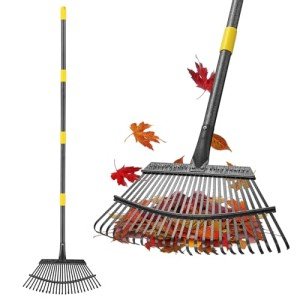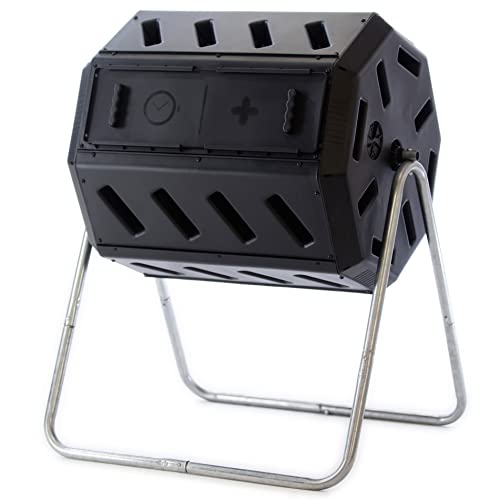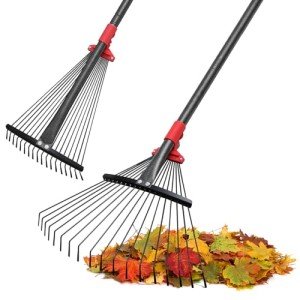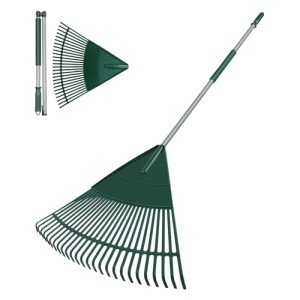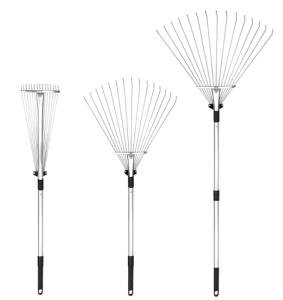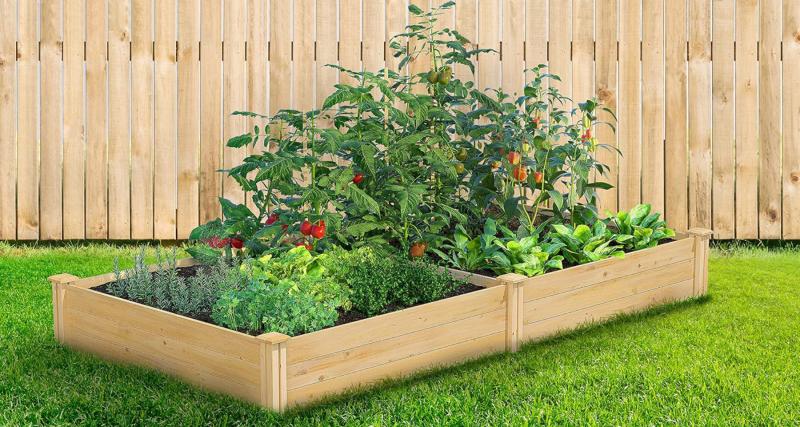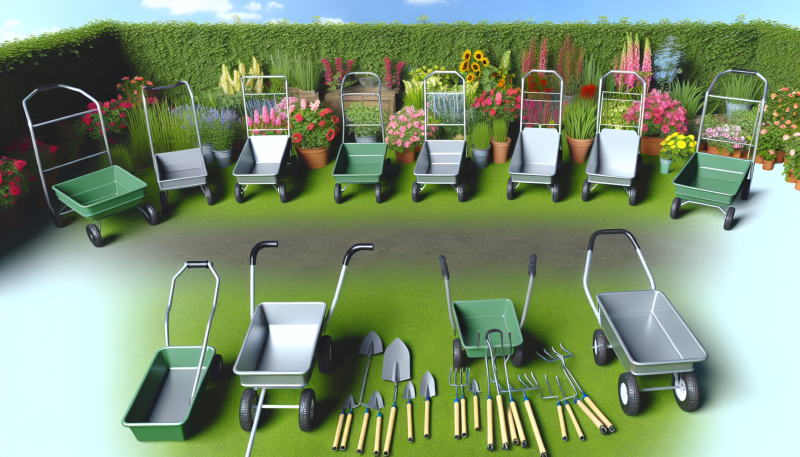Expert Advice to Simplify Your Lawn Care Routine this Autumn
As summer fades away and autumn approaches, it's essential to properly prepare your lawn for the changing seasons. Taking the time to care for your lawn now will not only make it look great during the fall but also ensure an easier and healthier lawn care routine for the coming months. Here are some essential tips to make your autumn lawn care a breeze:
-
Raking and Removing Debris
Before the leaves start falling, it's important to remove any existing debris from your lawn. Regular raking helps prevent dead spots and allows your grass to breathe and receive sunlight. -
Aerating the Soil
Over time, soil can become compacted due to foot traffic and other factors. Aerating your lawn allows water, oxygen, and nutrients to penetrate the soil more effectively, resulting in healthier grass roots. -
Overseeding
Fall is the perfect time to fill in any bare or thin spots in your lawn. Overseeding helps promote a dense and lush lawn by introducing new grass seeds to the existing turf. -
Fertilizing
Applying a slow-release, high-nitrogen fertilizer in the fall provides your lawn with the necessary nutrients to recover from summer stress and prepares it for the upcoming winter months. -
Mowing and Trimming
Before winter arrives, gradually lower the cutting height of your lawn mower to help prevent the grass from matting down under snowfall. Additionally, trim any overgrown shrubs or branches to tidy up your lawn for the fall.
By following these essential tips, you can ensure that your lawn will be in top shape for the autumn season, allowing you to have a hassle-free lawn care experience. Remember, a well-prepared lawn in fall sets the stage for a beautiful and healthy yard in the following spring.
Tackling Leaves: Easy Ways to Keep Your Yard Looking Great
Fall brings crisp air and colorful trees—but it also means leaves piling up fast. Staying on top of them doesn’t have to be a chore if you use a few smart strategies:
- Grab the right rake: A sturdy, lightweight rake with a comfortable handle makes the job easier on your back and arms. Rake often so leaves don’t smother your grass and cause bare spots. Pro tip: work in diagonal passes to cover more ground quickly.
Heavy-Duty Garden Rake with 25 Non-Clogging Tines
Achieve a beautifully maintained garden effortlessly with our durable rake designed for maximum efficiency and ease of use
Product information
€41.30
Product Review Score
4.93 out of 5 stars
219 reviewsProduct links
- Put leaves to work: Instead of bagging them up, turn them into garden gold. Add them to a compost pile where they’ll break down into rich, dark soil you can use to feed your plants or spread lightly across your lawn for extra nutrients.
FCMP Outdoor IM4000 Dual Chamber Tumbling Composter - Black
Efficiently compost all your organic waste with this sleek black tumbling composter from FCMP Outdoor
Product information
€146.04
Product Review Score
4.7 out of 5 stars
75 reviewsProduct links
- Mulch as you mow: If you’ve got a mower with a bag or mulching attachment, run it over the leaves. Chopped-up leaves decompose quickly and act like a natural fertilizer. Just keep your mower set high—cutting grass too short before winter can leave it weak and patchy.
With a little routine care, you’ll keep your yard neat, protect your lawn, and even boost your soil for next spring.
Fall Weed Control: A Simple Guide to Maintain a Healthy Lawn
Fall is the perfect time to tackle those persistent weeds and ensure your lawn stays healthy throughout the year. By implementing proper weed control strategies, you can create a vibrant and weed-free lawn to enjoy. Here are some essential tips to help you maintain a healthy lawn during the fall season:
-
Identify and understand your weeds
Identifying the type of weeds in your lawn is crucial for implementing the most effective control methods. Broadleaf weeds require a different approach than grassy weeds, so take the time to understand the characteristics of the weeds in your lawn. This will help you select the appropriate herbicides and determine the best time to apply them. -
Regular mowing and proper watering
A well-maintained lawn is less prone to weed infestations. Keep your grass at the recommended height for your specific grass type and mow regularly to prevent weeds from spreading. Additionally, ensure you are watering your lawn properly. Deep, infrequent watering encourages the growth of strong, healthy grass while discouraging weed growth. -
Effective herbicide application
To effectively control weeds, choose an herbicide that targets the specific types of weeds in your lawn. Follow the instructions carefully and apply the herbicide evenly to the affected areas. Be cautious to avoid overspray or applying herbicides near desirable plants, as this can cause damage. Remember to wear protective clothing and follow safety precautions when handling herbicides. -
Implement proper lawn maintenance practices
Regularly aerating, fertilizing, and overseeding your lawn promotes healthy grass growth, reducing the chances of weed invasion. Aeration helps nutrients reach the grass roots, while overseeding fills in bare spots and prevents weeds from taking hold. Fertilizing your lawn with the appropriate nutrients strengthens the grass, making it more resistant to weed infestations.
By following these simple autumn weed control tips, you can achieve a healthy and vibrant lawn that remains free from weed invasions. Remember that consistency is key, and implementing a year-round maintenance routine will help you maintain a beautiful lawn for years to come.
Winterizing Your Lawn: Steps for a Strong Spring
Fall isn’t just about raking leaves – it’s the season to set your lawn up for success next year. A little prep now means greener, healthier grass when spring rolls around. Here’s how to do it:
- Keep mowing, but lower gradually
Don’t put the mower away too soon. Keep cutting through fall, lowering the blade a little each time. Shorter grass lets more sunlight reach the soil and helps prevent snow mold from forming under winter cover. - Clear leaves quickly
Leaves left sitting too long can smother your lawn and cause yellow patches. Stay on top of them with regular raking or mulching. - Aerate for better airflow
Compacted soil makes it hard for roots to get what they need. Aerating – punching small holes in the ground – opens pathways for water, oxygen, and nutrients to reach the roots. It’s a simple step with big payoffs for lawn health. - Seed bare spots
Fall is prime time for seeding or overseeding. Choose a grass seed blend suited to your region, spread it evenly, and water well. Covering with a light layer of straw or mulch helps protect new growth until spring.
Final Thoughts
As autumn leaves begin to fall and the chill of winter is on the horizon, it's crucial to remember that your lawn requires care to ensure its health and vitality for the coming spring. By following these easy and essential lawn care tips, you've set the stage for a lush, green revival when the warmer weather returns. Raking leaves, aerating the soil, fertilizing, and proper mowing are more than just chores; they are investments in your property's future beauty and value. So, take pride in the work you've done this fall, and look forward to the rewards of your efforts: a robust, vibrant lawn that's ready to greet the spring sunshine.

